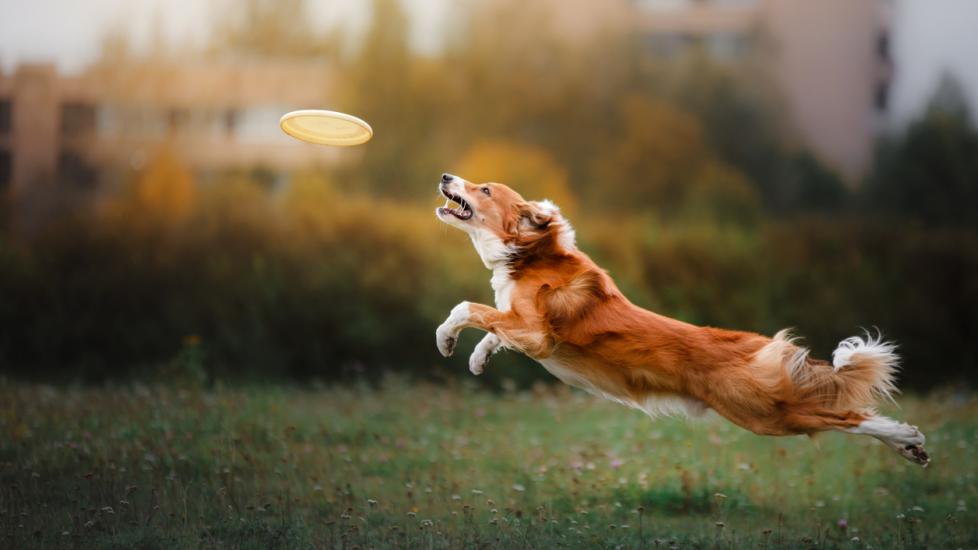Title: Understanding and Preventing Muscle Tears in Our Canine Companions
Introduction:
In the world of our furry friends, muscle tears are a common yet often overlooked issue that can cause significant discomfort to dogs. These injuries can range from minor strains to severe ruptures and require immediate attention due to their potential impact on a dog’s mobility and well-being. As pet owners, it is crucial to understand how these tears occur, what steps we can take to prevent them, and how to manage such incidents when they happen. This article aims to provide comprehensive insights into this topic for the benefit of both pets and their human caretakers.
What Are Muscle Tears?
A muscle tear occurs when muscle fibers within a dog’s body are stretched or torn, typically as a result of overuse, trauma, or excessive strain during physical activity. The severity of the injury may vary depending on the extent of damage caused by these factors. Common areas affected include hind legs (especially hamstrings), shoulders, back muscles, and those around the hips. Symptoms can manifest as swelling, pain, limited movement, and sometimes even weakness or lameness.
Causes and Prevention:
Prevention begins with understanding the root causes of muscle tears in dogs. Some primary reasons include:
- Overworking: Excessive exercise without proper rest periods can lead to fatigue and increased risk of tearing.
- Poor Warm-Up: Insufficient warm-up before strenuous activities can predispose muscles to injury.
- Unfit Conditioning: Lack of regular physical fitness can make muscles more susceptible to tears.
- Obesity: Extra weight places additional stress on joints and muscles, increasing the likelihood of tears.
- Trauma/Improper Movement: Forceful movements or accidents can directly damage muscles.
- Genetics: Certain breeds may be genetically predisposed to certain types of muscle issues.
To reduce the chances of muscle tears occurring, consider implementing the following preventive measures:
- Gradually increase exercise intensity and duration to avoid sudden overload.
- Ensure your dog has adequate breaks between intense workout sessions.
- Include a thorough warm-up and cool-down period in every exercise routine.
- Maintain an ideal body weight through a balanced diet and regular exercise.
- Provide ample opportunities for low-impact exercises like swimming or walking.
- Regularly check your dog’s overall health condition under veterinary guidance.
Management and Treatment:
If you suspect your dog has suffered a muscle tear, seek prompt veterinary care. Your vet will likely recommend the following:
- Rest: Immediate cessation of all strenuous activities to allow healing.
- Ice Therapy: Applying ice packs to the affected area can help reduce inflammation.
- Pain Management: Medications might be prescribed to alleviate discomfort.
- Physical Therapy: Guided stretching, massage, and rehabilitation exercises can aid recovery.
- Weight Management: If necessary, dietary adjustments may be made to support weight loss goals.
Conclusion:
By being aware of the risks associated with muscle tears in dogs and taking proactive steps towards prevention, we can ensure happier, healthier lives for our beloved companions. It is vital to listen to your dog’s needs, monitor his activity levels carefully, and consult with professionals whenever concerns arise. Remember, just like humans, dogs need balance in their lives—a combination of mental stimulation, social interaction, and appropriate physical exertion—to stay fit and free from unnecessary harm. With proper knowledge and action, we can create a nurturing environment where our four-legged friends thrive alongside us.
